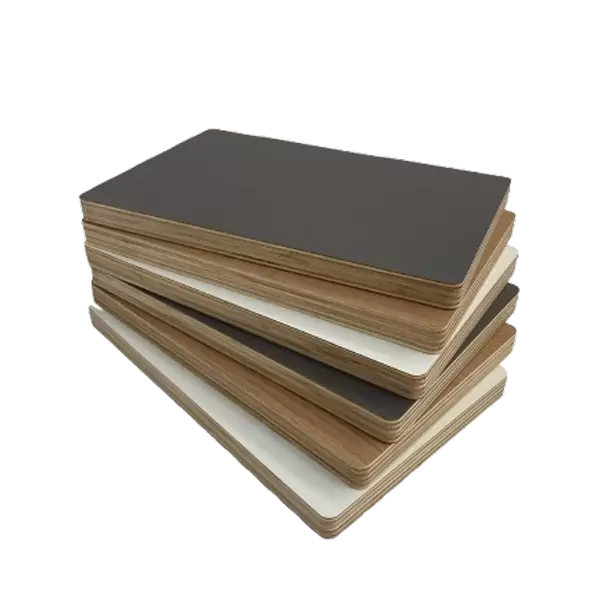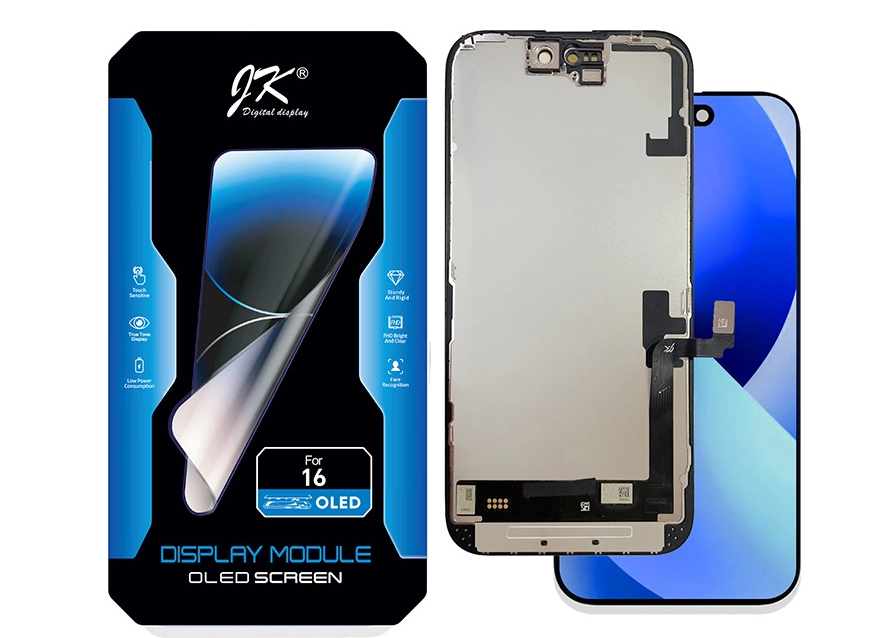When it comes to soundproofing materials, two popular choices often come to mind: Medium Density Fiberboard (MDF) and plywood. Both materials have their own unique properties and applications, but which one reigns supreme in the realm of soundproofing? In this article, we will delve into the characteristics of MDF and plywood, exploring their soundproofing capabilities and determining which material offers better acoustic insulation.
- Understanding MDF:
Medium Density Fiberboard (MDF) is a composite wood product made by breaking down hardwood or softwood residuals into wood fibers, combining them with wax and a resin binder, and forming panels by applying high temperature and pressure. MDF is known for its smooth surface and uniform density, making it a popular choice in various industries, including construction, furniture, and cabinetry. - Exploring Plywood:
Plywood, on the other hand, is a panel product made by gluing together thin layers of wood veneer, with the grain of each layer running perpendicular to the adjacent layers. This cross-grain construction gives plywood its strength and stability. Plywood is widely used in construction, furniture, and packaging industries due to its durability and versatility. - Soundproofing Capabilities:
When it comes to soundproofing, both MDF and plywood offer some level of acoustic insulation. However, several factors come into play that determine which material is more effective: a. Density: MDF has a higher density compared to plywood, which contributes to its superior soundproofing capabilities. The denser the material, the better it can block sound transmission. b. Thickness: Thicker panels generally provide better sound insulation. Both MDF and plywood are available in various thicknesses, allowing for customization based on specific soundproofing requirements. c. Vibration Dampening: MDF has better vibration dampening properties compared to plywood. This means that MDF is more effective at reducing the transmission of sound vibrations, resulting in improved soundproofing. - Practical Applications:
Considering the soundproofing capabilities of MDF and plywood, their applications differ based on specific needs: a. MDF: Due to its superior density and vibration dampening properties, MDF is often preferred in applications where soundproofing is crucial. It is commonly used in recording studios, home theaters, and soundproof doors to minimize sound leakage. b. Plywood: Plywood, with its strength and versatility, finds its place in applications where soundproofing is not the primary concern. It is commonly used in construction projects, furniture manufacturing, and flooring installations.
Conclusion:
In the battle of soundproofing, MDF emerges as the winner due to its higher density and superior vibration dampening properties. While plywood has its own strengths and applications, MDF takes the lead when it comes to effectively reducing sound transmission. Whether you are looking to create a quiet sanctuary or minimize noise pollution, MDF proves to be the go-to material for achieving optimal soundproofing results. So, next time you embark on a soundproofing project, consider the power of MDF to create a peaceful and serene environment.



